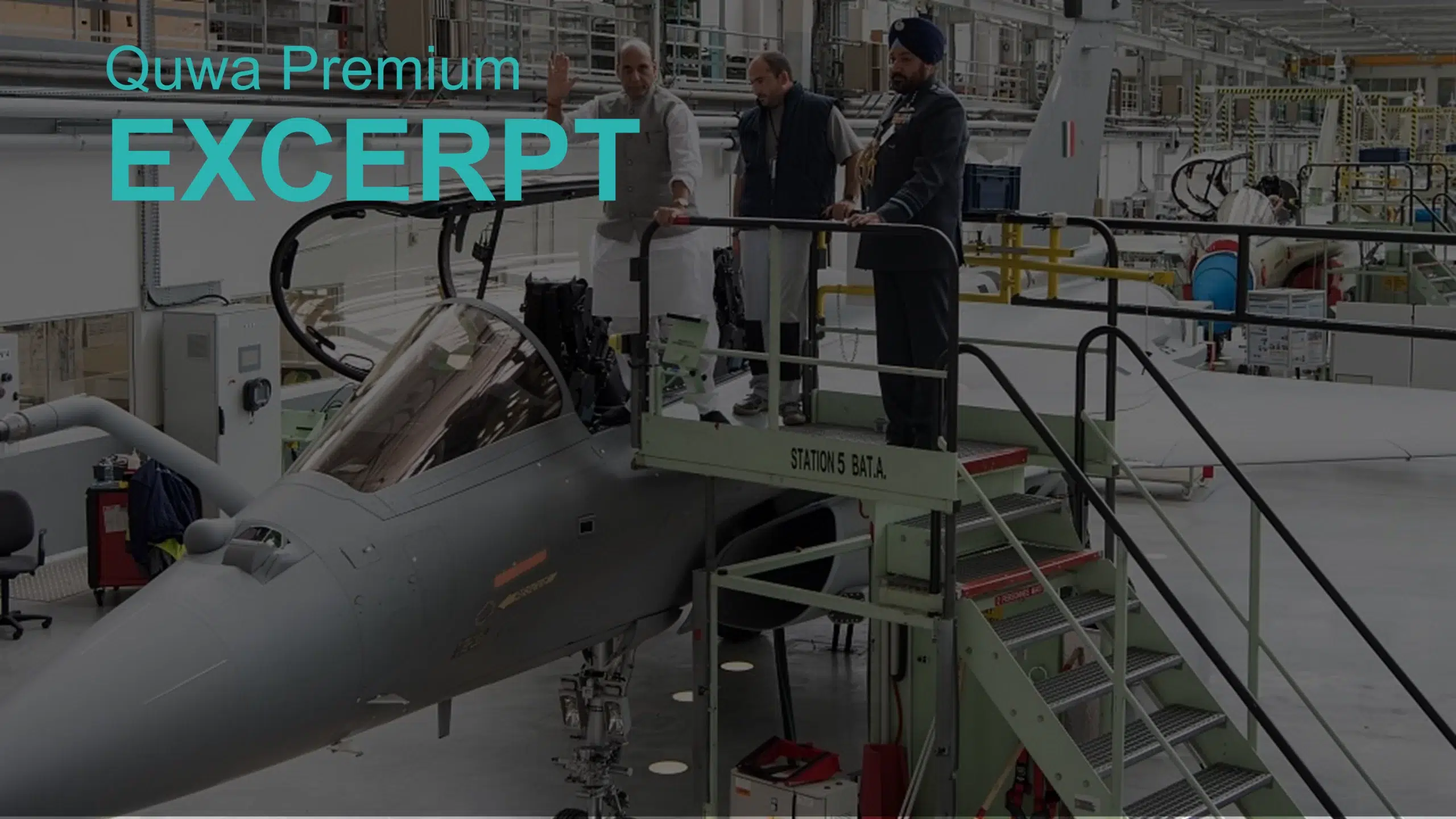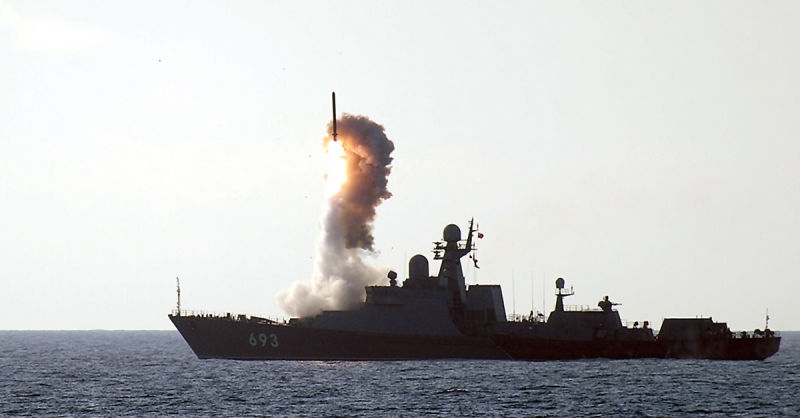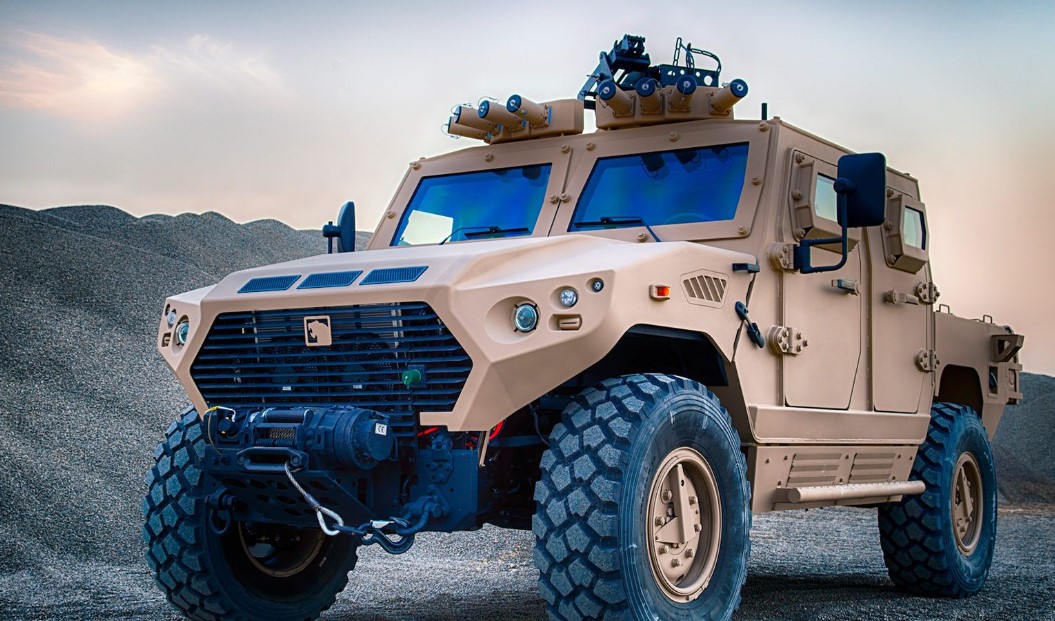2001Views

India Greenlights Navy Rafale and Scorpene Talks With France
On 11 July 2023, the Indian Ministry of Defence’s (MoD) Defence Acquisition Council (DAC) gave the greenlight to start negotiations for 26 Dassault Rafale multi-role fighters for the Indian Navy (IN). The decision, according to Dassault Aviation, was made after keenly fought international competition, with Boeing’s F/A-18E/F Super Hornet being the other main contender.
The decision, on the surface, appears pragmatic. The Indian Air Force (IAF) already operates a fleet of 36 Rafale fighters. This allows the IN to capitalize on existing and upcoming infrastructure investments – such as the forthcoming Safran maintenance, repair, and overhaul (MRO) facility for the M88 turbofan engine – to control lifecycle costs and smoothen induction. Furthermore, the move presents an opportunity for India to build upon existing offset agreements from the IAF’s first Rafale contract, which are poised to help drive India’s aerospace, defence, and other technology sectors.
However, this does not imply that Boeing – or the U.S. at large – had less to offer. In fact, Boeing maintains a substantial presence in India with numerous offsets tied to previous and ongoing procurement projects. Notably, India is now the supplier of the Boeing AH-64 Apache’s fuselage, with the Tata Boeing Aerospace Limited facility booked with orders extending past 2030.
Moreover, General Electric (GE) is also exploring the prospect of co-producing its F414 turbofan engine in India. Though aimed at India’s homegrown fighter programs – such as the Tejas, ORCA/TEBDF, and AMCA – consideration must have been paid to the idea of sweetening a potential Super Hornet deal to the IN.
Overall, it is unlikely that Boeing or the United States balked at offering valuable offset and/or collaborative benefits to India. Rather, the IN – and potentially the IAF as well – might simply be uncomfortable with the prospect of adding an advanced American combat aircraft to their respective fleets.
India has adopted several big-ticket U.S. weapon systems, such as the Boeing P-8I Poseidon long-range maritime patrol aircraft, Lockheed Martin MH-60R Seahawk helicopters, Boeing C-17 Globemaster IIIs, and Lockheed Martin C-130J-30 Hercules transport aircraft. However, while workhorse systems in their special mission roles, these systems are still, ultimately, specialized assets. In contrast, a multirole fighter like the F/A-18E/F would become a more prominent workhorse asset in the wider IAF/IN fighter fleets. This would require additional investment in achieving interoperability (with India’s French, Russian, and locally-built combat aircraft), changing training processes, adjusting to different maintenance procedures, and a range of other obstacles that could serve to drive up costs and create delays…
End of Excerpt (409/1,008 words)
You can read the complete article by logging in (click here) or subscribing to Quwa Premium (click here).
For more Indian defence news and analysis, check out:


